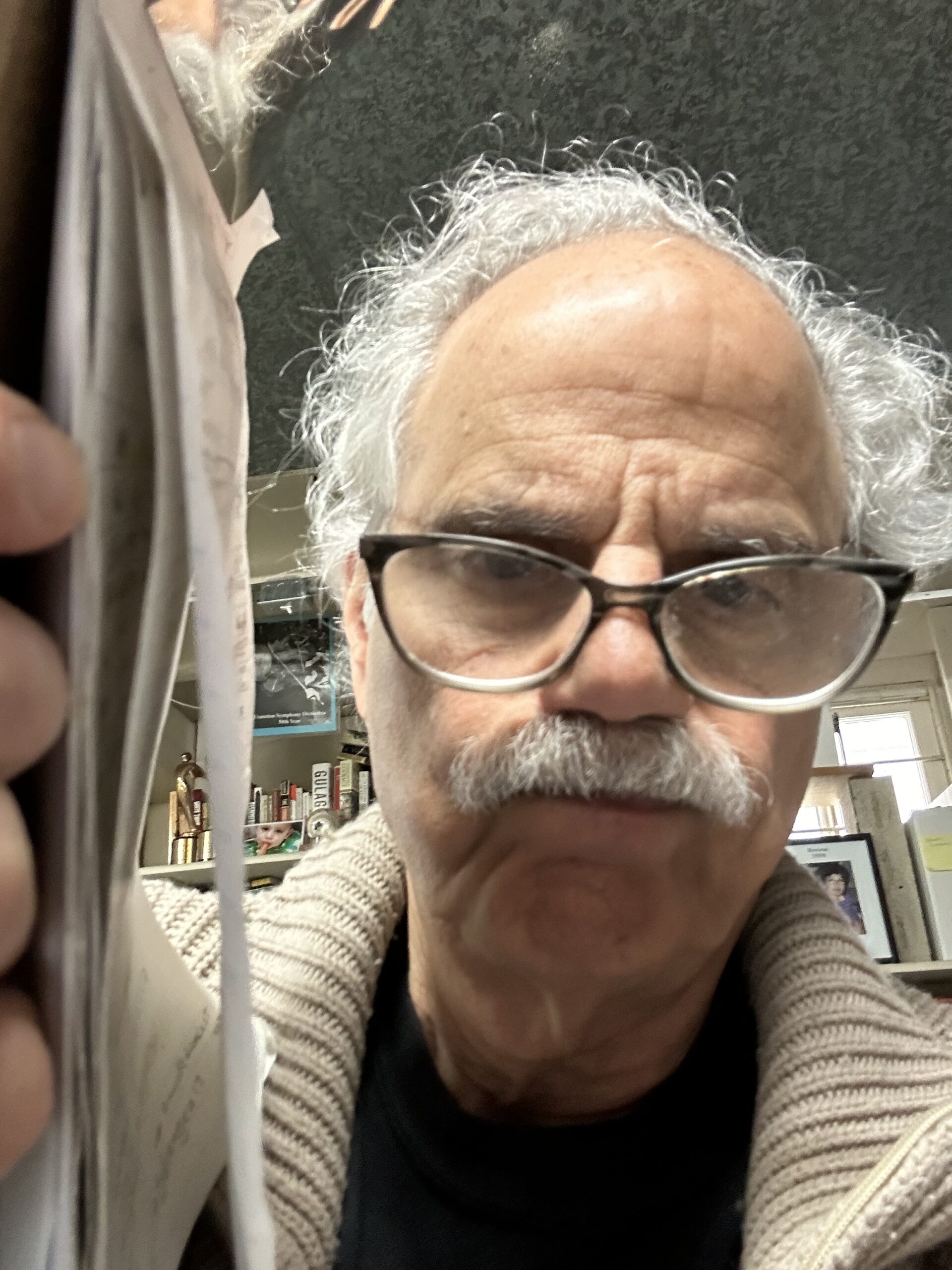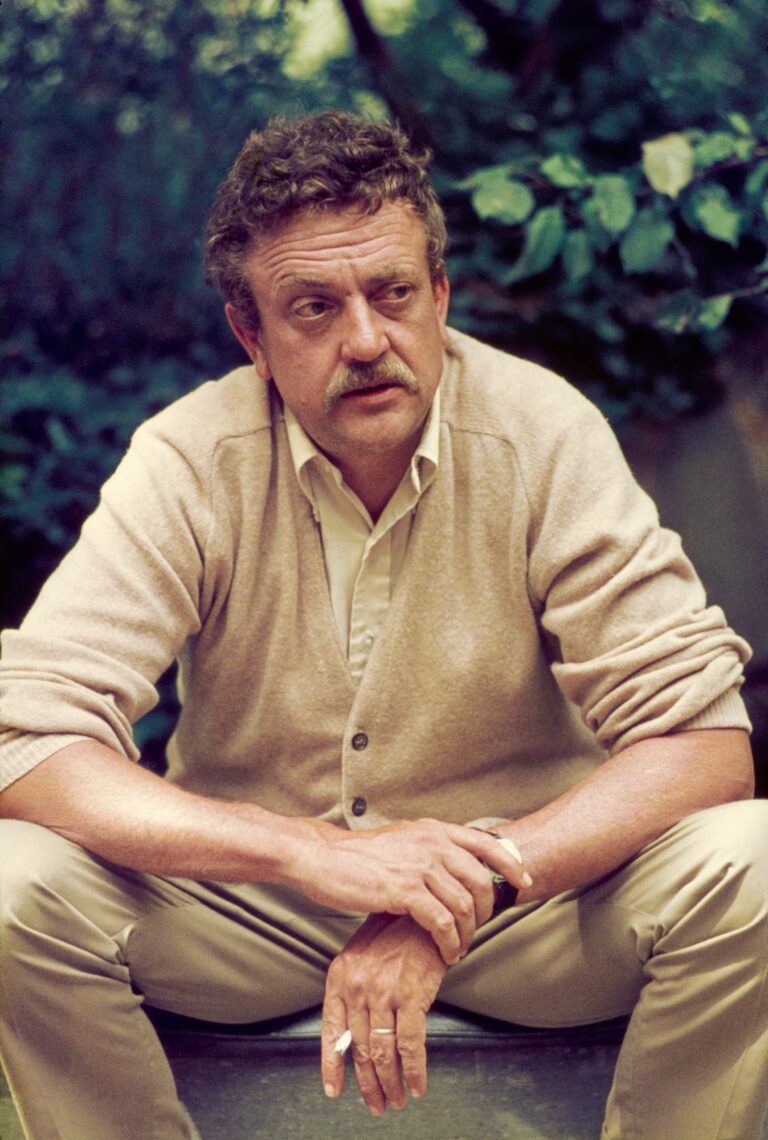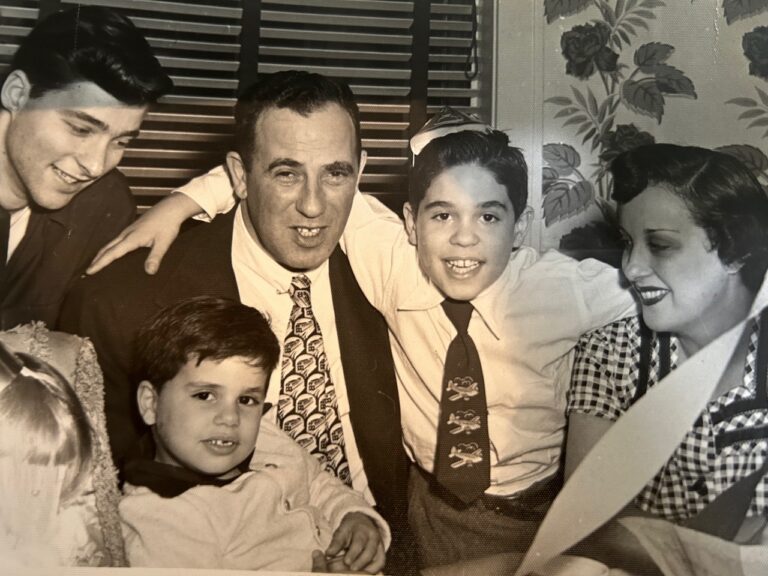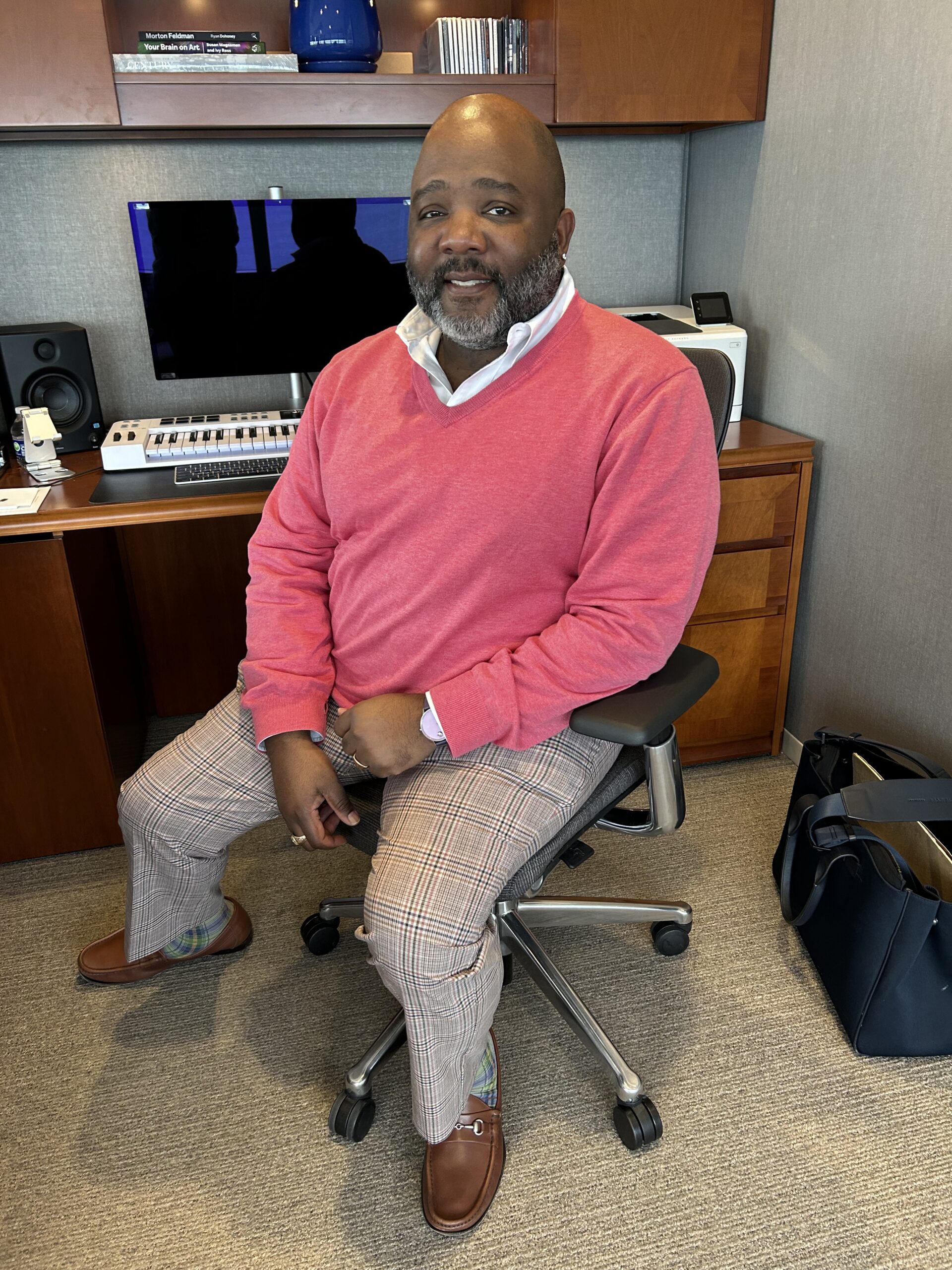Sustaining one beautiful note is enough reason to play. One beautiful, outrageous, extraordinary, death-defying note, which like the butterfly’s flight can change the world.
Evanston RoundTable, Oct. 13, 2021
Recently I came across a statement Duke Ellington made at the funeral of his longtime bandmate, alto sax player Johnny Hodges. Hodges, Ellington said, had “a tone so beautiful it sometimes brought tears to the eyes.”
Given that the Duke wrote more than a thousand songs, suites, oratorios, concertos and movie scores; won 13 Grammy awards, the Presidential Medal of Freedom and a posthumous Pulitzer Prize; and for more than half a century led one of the finest big bands ever at a time when big bands were the ultimate expression of popular and art music, I thought:
Whoa!
Hodges was born in 1907 and grew up in Boston where at the age of 14 he played for and was encouraged by the legendary jazz clarinetist Sidney Bechet. He moved to New York in 1924 and joined Ellington’s band four years later at the age of 21. Except for a spell in the early fifties when he formed his own group, he played with Ellington until his death in 1970. Wrote critic Terry Teachout “…to the end the alto saxophonist offered Ellington’s fans the tightest of aural ties to the sounds of days gone by.”
Another fan was Benny Goodman, in whose historic 1939 Carnegie Hall concert Hodges played, along with several other Ellington bandmates. Goodman said he was “by far the greatest man on alto sax that I ever heard.”
You can hear why Ellington and Goodman, as well as generations of critics and fans, rained praise down on Jeep, as he was known. (Another of his nicknames was Rabbit.) In this version of Passion Flower, from a 1967 Ellington concert in Copenhagen, the purity and sweetness of Hodges’ sax is impossible to miss: the tremulous vibrato, the intensely rich and golden expression, the shimmering melody leavened with the most exquisite flights of aural fancy, make for three minutes of aural bliss.
You can hear more of the same in the celebrated 1956 live recording of Jeep’s Blues.
There’s a more mournful, elegiac tone on Blood Count, Ellington composer Billy Strayhorn’s final composition written in a Manhattan hospital shortly before he died. Strayhorn wrote it for Hodges, his favorite soloist, said Teachout. “[Hodges’] contorted melodic line was the musical equivalent of a howl of pain.” Eli Mckellips, who posted the video on YouTube, wrote that “Hodges plays with a ferocity that he never allowed himself on any other track. Truly an outpouring of grief over the loss of a good friend.”
More up tempo is the swinging Mama Knows from the album “Buenos Aires Blues” performed by the Hodges quintet backed by Lalo Schifrin on piano.
So, so beautiful. Which got me to thinking about the place of beauty in a dark world. What could be more wonderful than to have the exquisite gift to be able to make something beautiful, and bestow that beauty on others? People imagine creating beauty is beyond them, like some secret recipe or hidden code vouchsafed to a select few. But no, you don’t have to be a Johnny Hodges to do it. Anyone at any age can start playing, painting, sculpting, dancing, writing, acting or, indeed, engaging in any artistic endeavor. Kids do it and bring great joy to their families.
There’s beauty even in sculpting sand castles, whittling tree limbs, folding paper animals or baking a sublime chocolate cake.
All it takes is the impetus to pursue one’s chosen art or passion and cultivate the desire and will to express oneself. Not so hard.
I know. At 19 I started violin lessons. This was during a break in my life: I had dropped out of college in order to “find myself.” Instead I found something better: a beat-up old violin, a family heirloom stored deep on a closet shelf, which I dug out and had repaired. I was also lucky to find a great teacher in Sam Arron, whose walk-up studio at Devon and California avenues on Chicago’s north side I trekked to weekly. With my teacher’s guidance and encouragement I became consumed with trying to play better, that is, more in tune, more precisely rhythmic and more deeply expressive. Looking for a darker, more satisfying sound I switched some years later to viola and continue to this day playing in string quartets and the occasional orchestra gig.
Our string quartet is currently exploring the Shostakovich second quartet, written in 1944, which has the most poignant second movement featuring a keening first violin playing a lament on Jewish themes that might have been the composer’s fierce reaction to learning of the Nazi death camps.
Beauty can comment on and even, to some small extent, ameliorate the evil in the world. On the plus side it surely makes a person feel better. As Chicago blues great Buddy Guy said, “Funny thing about the blues. You play ‘em because you got ‘em. But when you play ‘em, you lose ‘em.”
Just sustaining one beautiful note is enough reason to play. One beautiful, outrageous, extraordinary, death-defying note, which like the butterfly’s flight can change the world.




+ There are no comments
Add yours